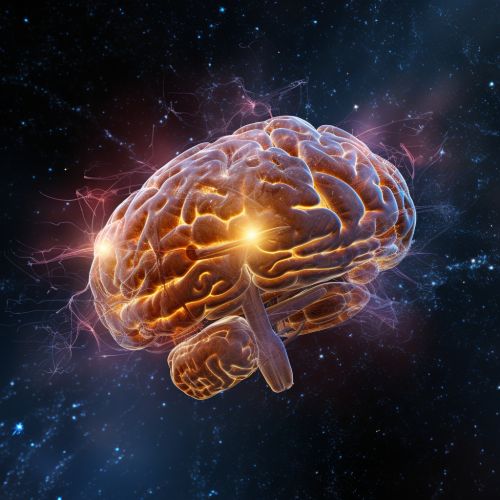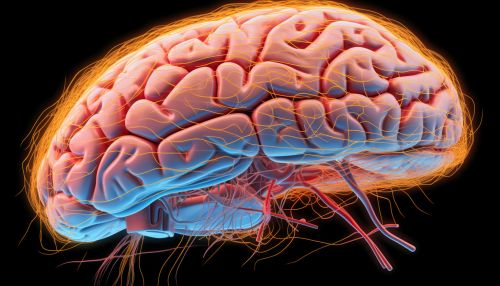Temporal Cortex
Anatomy
The temporal cortex, also known as the temporal lobe, is one of the four major lobes of the cerebral cortex in the brain. It is located on the side of the head, above the ears and is responsible for processing sensory input and assigning it emotional meaning. It also plays a role in the formation of long-term memory.


The temporal cortex is divided into several regions, each with its own specialized functions. The superior temporal gyrus is involved in auditory processing and is home to the primary auditory cortex. The middle and inferior temporal gyri are involved in high-level visual processing, and the inferior temporal gyrus is also involved in the recognition of complex objects, faces, and scenes.
The medial temporal lobe, which includes the hippocampus and the amygdala, plays key roles in memory formation and emotional responses. The hippocampus is crucial for memory storage and spatial navigation, while the amygdala is involved in fear responses and emotional processing.
Functions
The temporal cortex plays a crucial role in several cognitive functions, including auditory perception, semantic memory, and language processing. It is also involved in the perception of faces and other complex visual stimuli, as well as in the processing of emotion.
Auditory Perception
One of the primary functions of the temporal cortex is the processing of auditory information. The superior temporal gyrus contains the primary auditory cortex, which receives auditory information directly from the ears via the auditory nerve. This region of the cortex is responsible for the basic processing of sounds, such as determining pitch and volume.
Semantic Memory
The temporal cortex is also involved in semantic memory, which is the memory of facts and general knowledge. This type of memory is not tied to personal experiences or specific events, but rather constitutes our general knowledge about the world.
Language Processing
Language processing is another key function of the temporal cortex. The superior temporal gyrus, in particular, plays a crucial role in the comprehension of spoken language. This region of the brain is involved in the recognition of phonemes, the smallest units of sound that can distinguish one word from another in a particular language.
Visual Perception
The middle and inferior temporal gyri are involved in high-level visual processing. These regions of the temporal cortex are responsible for the recognition of complex objects, faces, and scenes. They are also involved in the perception of motion and the integration of visual information with other sensory modalities.
Emotional Processing
The medial temporal lobe, which includes the amygdala, plays a crucial role in emotional processing. The amygdala is involved in the detection of emotionally salient stimuli and the generation of emotional responses, particularly those related to fear.
Pathology
Damage or dysfunction in the temporal cortex can lead to a variety of neurological and psychiatric conditions. These include temporal lobe epilepsy, schizophrenia, Alzheimer's disease, and various forms of aphasia.
Temporal lobe epilepsy, the most common form of epilepsy, is characterized by recurrent seizures that originate in the temporal lobe. These seizures can cause a variety of symptoms, including strange sensations, emotional changes, and convulsions.
Schizophrenia, a chronic and severe mental disorder, has been associated with abnormalities in the temporal cortex. Some studies suggest that individuals with schizophrenia may have reduced volume in certain areas of the temporal lobe, although the exact nature of these abnormalities is still a topic of ongoing research.
Alzheimer's disease, a degenerative brain disease that causes progressive memory loss and cognitive decline, is also associated with changes in the temporal cortex. In particular, the hippocampus, which is crucial for memory formation, is one of the first areas to be affected in Alzheimer's disease.
Aphasia, a condition characterized by loss of language abilities, can also result from damage to the temporal cortex. Depending on the exact location and extent of the damage, individuals with aphasia may have difficulty understanding spoken or written language, finding the right words to express themselves, or reading and writing.
